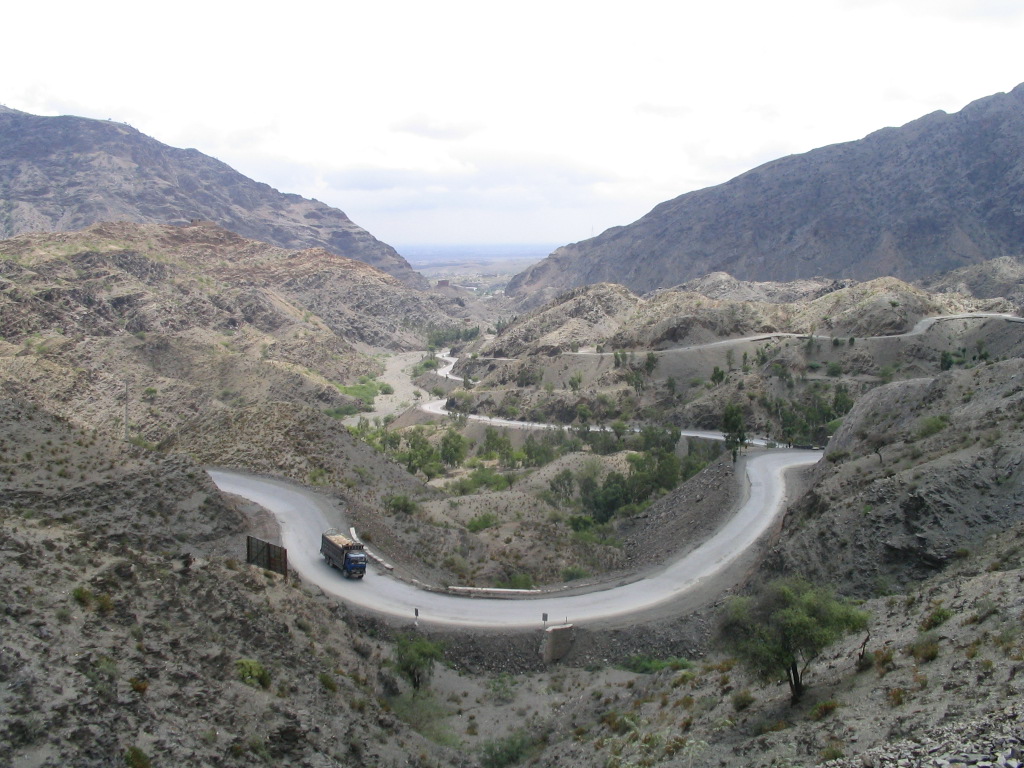The Khyber Pass is a legendary mountain pass situated in the northwest region of Pakistan, serving as a historic and strategic gateway between Central Asia and South Asia. Spanning approximately 53 kilometers (33 miles) in length, the pass winds its way through the rugged and mountainous terrain of the Spin Ghar Range, connecting the city of Peshawar in Pakistan with the city of Kabul in Afghanistan.
Throughout history, the Khyber Pass has played a crucial role in trade, migration, and military conquests, earning it a place of immense significance in the annals of human civilization. The pass has been traversed by countless travelers, merchants, and armies over the millennia, leaving behind a rich tapestry of cultural exchanges and historical events.
One of the earliest known references to the Khyber Pass dates back to the time of the Persian Empire, when it served as a key route for trade and communication between Persia and the Indian subcontinent. Over the centuries, the pass continued to be an important conduit for the exchange of goods, ideas, and people between the civilizations of Central Asia, the Middle East, and South Asia.
The strategic importance of the Khyber Pass was further amplified during the era of the Great Game, as rival powers such as the British Empire and the Russian Empire vied for control over Central Asia and the Indian subcontinent. The pass became a battleground for imperial ambitions, with numerous military campaigns and skirmishes fought along its rugged terrain.
In addition to its strategic significance, the Khyber Pass is also steeped in myth and legend, with stories of conquests, invasions, and heroic exploits woven into its history. It is said to have been traversed by legendary figures such as Alexander the Great, Genghis Khan, and Tamerlane, each leaving their mark on the landscape and the collective imagination of humanity.
Today, the Khyber Pass remains a vital artery for trade and commerce between Pakistan and Afghanistan, serving as a key route for the transportation of goods and people. Despite the challenges posed by its rugged terrain and security concerns, the pass continues to be an important lifeline for the communities living on both sides of the border.
The landscape surrounding the Khyber Pass is characterized by steep cliffs, rocky outcrops, and lush green valleys, offering breathtaking views of the surrounding mountains and plains. Along the pass, travelers can encounter ancient forts, watchtowers, and other historical landmarks that bear witness to the region’s storied past.
One of the most notable landmarks along the Khyber Pass is the historic Khyber Pass Railway, which was constructed by the British during the colonial era to facilitate trade and military transport between Peshawar and Landi Kotal. Although the railway is no longer in operation, its remnants serve as a reminder of the ingenuity and engineering prowess of the era.
In conclusion, the Khyber Pass is more than just a mountain pass; it is a symbol of the enduring resilience, cultural richness, and historical legacy of the people who have traversed its rugged terrain for millennia. From ancient merchants and conquerors to modern-day travelers and traders, the pass continues to serve as a bridge between worlds, connecting the past with the present and the future.

